Motivation significantly influences the learning process, acting as a driving force that can either enhance or hinder our educational journeys.
Understanding the distinction between intrinsic motivation, which comes from within, and extrinsic motivation, driven by external rewards, is crucial. These two types of motivation shape how we engage with new information and skills.
The relationship between motivation and learning is complex yet vital. Exploring effective strategies to boost motivation can lead to improved educational outcomes for both individuals and groups.
For example, setting specific goals can foster intrinsic motivation, while offering tangible rewards can enhance extrinsic motivation.
Recognizing the importance of motivation is essential for creating an engaging and productive learning environment.
Understanding Motivation Types
Motivation is a crucial element in understanding human behavior and learning. It can be categorized into two main types: intrinsic and extrinsic motivation. Intrinsic motivation arises from internal desires, such as personal passions and the satisfaction derived from helping others. This form of motivation is closely tied to self-determination theory, which emphasizes autonomy and a sense of purpose. When individuals are emotionally connected to their activities, they’re more likely to persist and find fulfillment in their efforts.
Conversely, extrinsic motivation is driven by external factors. This includes rewards, recognition, and societal expectations. While these external incentives can ignite initial enthusiasm, relying solely on them may result in inconsistent motivation levels. Research indicates that a combination of intrinsic and extrinsic motivations can lead to enhanced achievement, highlighting the importance of understanding psychological influences on learning experiences.
Cultural influences also play a significant role in shaping motivation. Social connections can either elevate or diminish our drive. Recognizing the interaction between intrinsic and extrinsic motivations enables the creation of supportive environments that promote personal growth and community service.
Embracing both types of motivation can lead to more meaningful learning experiences and a greater positive impact on the communities we engage with.
The Role of Intrinsic Motivation
Intrinsic motivation is crucial in the learning process as it drives individuals to engage deeply with topics that matter to them. Reflecting on my own experiences, I recognize that the most impactful learning occurs when I’m genuinely curious and passionate about a subject. This internal fulfillment fosters personal growth, allowing me to take charge of my educational journey.
I have discovered that when I’m given the freedom to explore independently, I feel more empowered and emotionally connected to my studies. The satisfaction I derive from overcoming obstacles or acquiring new skills is far more rewarding than any external praise.
It’s essential to create enriching experiences that deepen my understanding and fuel my love for learning.
Furthermore, nurturing this intrinsic motivation enhances my abilities and enables me to contribute positively to others. When I’m enthusiastic about my learning, it translates into how I engage with those around me.
Ultimately, fostering intrinsic motivation is vital for creating a meaningful learning environment that promotes both individual and collective growth.
Extrinsic Motivation and Learning
Extrinsic motivation plays a significant role in how we learn and grow. This type of motivation involves external rewards and incentives that can greatly impact our educational experiences.
These elements not only drive performance but also enhance engagement, making learning more interactive and enjoyable. Understanding the influence of rewards, such as grades, praise, or tangible benefits, can help educators and learners alike harness these tools to improve outcomes and foster a more dynamic learning environment.
Exploring the effects of extrinsic motivation allows us to appreciate its importance in shaping our educational journeys and the overall learning process.
Rewards and Incentives
Rewards and incentives are crucial in shaping our learning experiences. They help motivate both ourselves and others, providing a framework to enhance engagement and commitment to learning tasks. Motivational theories indicate that extrinsic incentives, such as performance-based rewards, can significantly impact how individuals approach their educational pursuits.
Implementing effective behavioral reinforcement often leads to more consistent effort from learners. Recognizing achievements through rewards can boost confidence and stimulate further exploration of new concepts. However, it’s important to evaluate the effectiveness of these rewards, as what motivates one person may not resonate with another.
While extrinsic rewards are impactful, intrinsic rewards shouldn’t be overlooked. The inherent joy of learning can provide lasting motivation that complements external incentives. Striking a balance between these two types of motivation can create a vibrant learning environment.
When we consider our strategies, providing thoughtful encouragement can enhance the learning experience. Understanding how rewards and incentives function allows us to cultivate an atmosphere that promotes growth and supports common goals.
Performance and Engagement
Extrinsic motivation significantly affects performance and engagement within learning settings. Various motivation theories highlight the importance of external factors such as social influences and achievement motivation in shaping our emotional involvement and cognitive participation. A supportive motivational environment promotes autonomy in learning, enhancing the perceived value of our academic pursuits.
The table below summarizes key extrinsic motivators and their effects on learning:
| Extrinsic Motivators | Impact on Learning |
|---|---|
| Recognition | Increases emotional investment |
| Rewards | Enhances achievement motivation |
| Competition | Stimulates cognitive engagement |
Self-determination theory emphasizes the need to balance extrinsic rewards with intrinsic ones. External motivators can ignite initial interest, but lasting engagement often arises from a genuine connection to the subject matter. Creating an environment where learners feel appreciated and encouraged is crucial, as it allows them to experience the joy of learning. This balance can empower individuals to pursue their educational aspirations with enthusiasm, ultimately leading to a richer and more satisfying learning journey for all participants.
Motivation’s Effect on Engagement
Motivation is a critical factor in fostering engagement within educational settings. It significantly impacts how learners approach their studies and their overall commitment to the learning process. Understanding motivation theories allows educators to leverage intrinsic rewards that ignite curiosity and enthusiasm among students. This relationship is vital for developing effective strategies that enhance engagement.
Autonomy in learning is essential as it empowers individuals to explore subjects that align with their interests and cultural backgrounds. Throughout their learning journeys, students experience fluctuations in motivation, which can lead to transformative changes in their attitudes towards education.
Social dynamics, such as support from peers and collaborative learning environments, further bolster engagement by fostering a collective commitment to shared objectives. Recognizing that motivation isn’t a fixed trait is crucial. It varies based on personal experiences, cultural contexts, and external influences.
Strategies to Enhance Motivation
Motivation is crucial for effective learning and personal growth. Implementing strategic approaches can significantly enhance one’s motivation. Effective goal-setting techniques are vital; they provide clear direction and purpose. Positive reinforcement strategies also contribute to a nurturing atmosphere, which keeps learners engaged and motivated.
Creating an engaging learning environment is essential for sustaining motivation and ensuring that the learning experience remains enjoyable. For instance, using specific, measurable goals helps learners track their progress, offering a sense of accomplishment.
Incorporating rewards for achievements, such as verbal praise or small incentives, can boost morale and encourage continued effort.
Goal Setting Techniques
Goal setting is a vital process that can enhance motivation and enrich your learning journey. One effective method is the SMART criteria, which emphasizes the importance of goals being specific, measurable, achievable, relevant, and time-bound. This structured approach helps maintain focus and clarity.
Breaking down long-term goals into smaller, manageable targets makes it easier to monitor progress and celebrate achievements along the way. Visualization techniques can also play a significant role; imagining yourself reaching your goals makes them feel more attainable and real.
Furthermore, having an accountability partner can provide essential motivation and support, as sharing your aspirations with someone who encourages you strengthens your commitment.
Regular progress reflection is crucial. Evaluating your current standing in relation to your goals not only sustains motivation but also allows for necessary adjustments. Recognizing and celebrating small victories reinforces your dedication to your objectives, making the journey more rewarding.
Positive Reinforcement Methods
Positive reinforcement is an effective strategy for enhancing motivation and fostering successful learning experiences. By implementing various methods, educators can cultivate an environment that promotes student independence and encourages a motivational atmosphere. One highly effective approach is the use of praise techniques, which provide immediate recognition of student achievements. This creates feedback loops that inspire ongoing effort and commitment.
Here’s a concise overview of positive reinforcement methods:
| Method | Description | Benefits |
|---|---|---|
| Praise Techniques | Verbal or written recognition | Boosts confidence and motivation |
| Reinforcement Schedules | Timing of rewards (immediate or delayed) | Enhances learning persistence |
| Behavior Shaping | Gradual reinforcement of specific behaviors | Promotes desired actions |
When students receive acknowledgment for their hard work, it serves to motivate them and assists in shaping their behavior positively. Recognizing achievements is crucial for cultivating a sense of success. Effective use of reinforcement schedules ensures that students feel appreciated and motivated to strive for their best. Together, we can build a supportive environment where motivation flourishes, making the learning process a fulfilling journey for all participants.
Engaging Learning Environments
An engaging learning environment is vital for enhancing student motivation and improving the educational experience. Interactive activities play a crucial role in this process. When students engage actively in their learning, their excitement and interest levels increase. Collaborative projects are particularly effective, as they promote social interaction and teamwork, enabling learners to support one another.
In my experience, creating imaginative spaces can ignite curiosity among students. Flexible seating allows them to choose where they feel most comfortable, which can lead to better focus and productivity.
The integration of technology into the classroom is essential as well; it introduces various tools for gamified learning and immersive experiences, captivating even the most hesitant learners.
Effective feedback is a key element for student development. Providing regular, constructive input helps learners gauge their progress and inspires them to strive for excellence.
Making lessons relevant to real-world situations adds further meaning to their education, increasing motivation significantly.
Through these strategies, we can cultivate an engaging learning environment that empowers students to take ownership of their education. It’s crucial to create a space where every learner feels recognized, motivated, and excited to explore their surroundings.
Overcoming Motivation Barriers
Motivation barriers can seem daunting, but they aren’t impossible to overcome. Utilizing effective strategies can help break down these walls.
Focusing on personal interests is crucial; aligning goals with what truly excites you can naturally lead to increased motivation. Shifting your mindset is also vital. Instead of perceiving challenges as setbacks, viewing them as opportunities for personal growth can transform your approach.
The influence of social circles is significant. Being around supportive peers can be life-changing. Their encouragement serves as a strong motivator, keeping your purpose in focus.
Implementing accountability measures, such as sharing your goals with friends or colleagues, can further help you stay committed.
Emotional factors can occasionally disrupt motivation, but developing self-discipline strategies can mitigate this. Setting up environmental cues that remind you of your objectives fosters a conducive atmosphere for concentration.
Incorporating a variety of motivation techniques into your daily routine is essential. Engaging in activities like journaling to track progress or participating in discussions with peers can enhance your journey.
Overcoming motivation barriers is a process, but with determination and the right support, it’s completely achievable.
Measuring Motivation in Learning
Measuring motivation in learning is crucial for fostering an environment where students can thrive academically. Understanding the different dimensions of motivation helps educators assess student engagement and tailor their teaching strategies accordingly.
For instance, motivational assessments can reveal how students interact with their studies, promoting a sense of autonomy that’s essential for effective learning. Learning analytics can identify trends in motivation, allowing for more customized approaches that meet individual needs.
Self-efficacy measurement is vital since students who’ve confidence in their abilities tend to demonstrate greater academic resilience. Peer influence also plays a significant role in motivation, underscoring the necessity of a supportive classroom culture.
Cultural factors must be considered as well, as diverse backgrounds can affect how motivation is experienced and expressed. Emotional intelligence becomes important in navigating these varied influences, ensuring that students receive the appropriate support.
Feedback mechanisms are crucial; they provide students with insights into their progress while reinforcing motivational principles that highlight the importance of constructive criticism.
Conclusion
Motivation plays a crucial role in the learning process. It serves as a driving force that encourages individuals to engage with new concepts and ideas. When motivation is present, it enhances focus and perseverance, making it easier to overcome obstacles and embrace challenges. This is essential for fostering a lifelong love of learning and exploration.
In the realm of education, motivation can be likened to sunlight in a garden, essential for growth. Without it, efforts may stagnate, but when both intrinsic and extrinsic motivators are present, curiosity flourishes, leading to a deeper understanding of various subjects. Challenges, often viewed as setbacks, can instead be transformed into valuable learning experiences that promote personal development. Cultivating motivation is vital for creating a rich and rewarding educational journey.


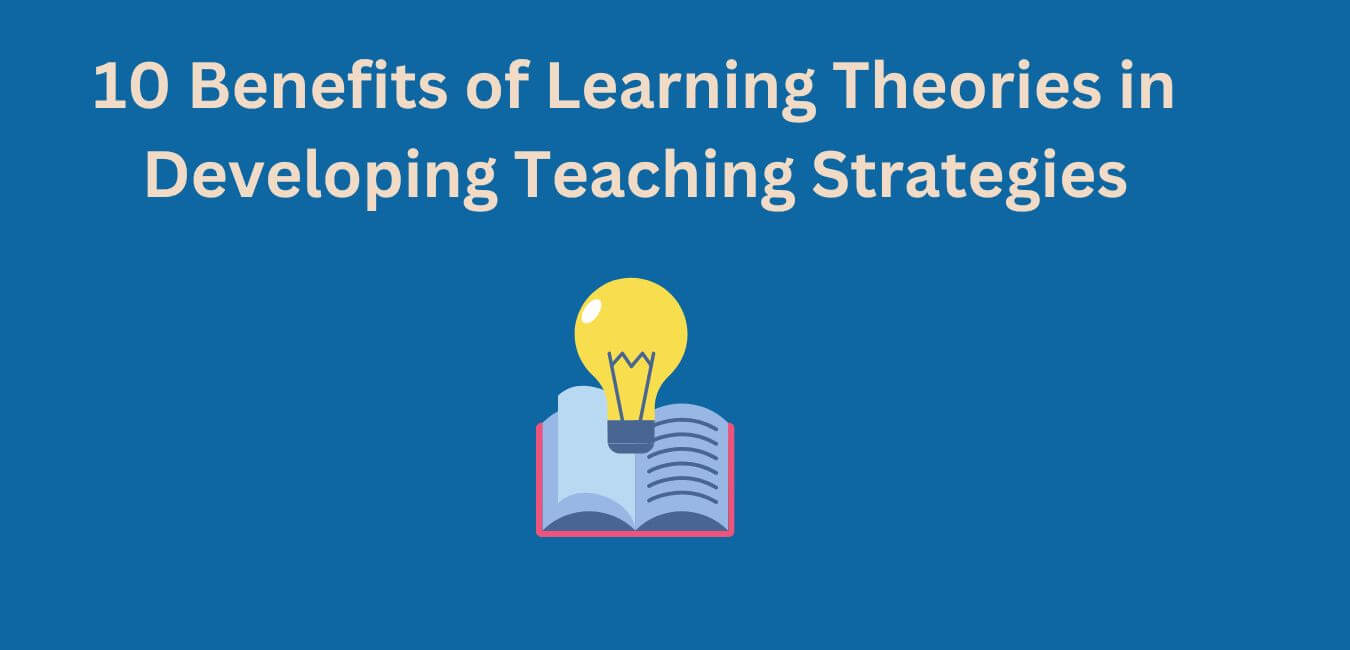
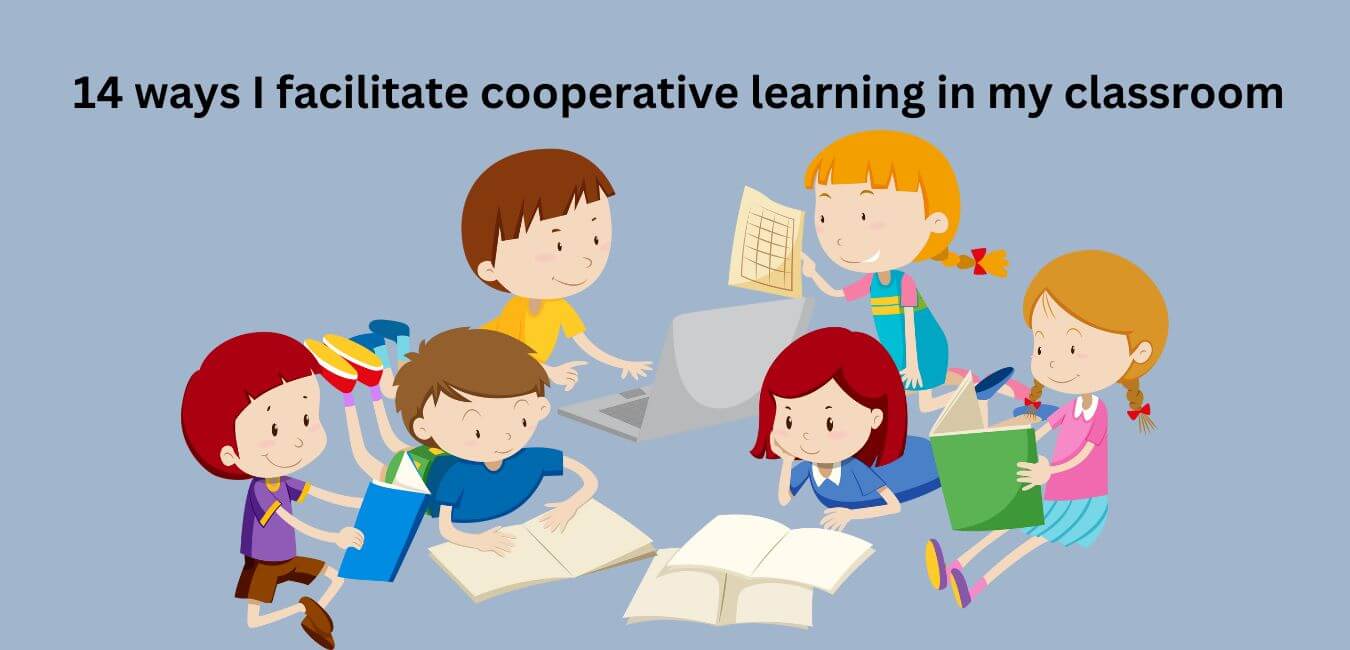
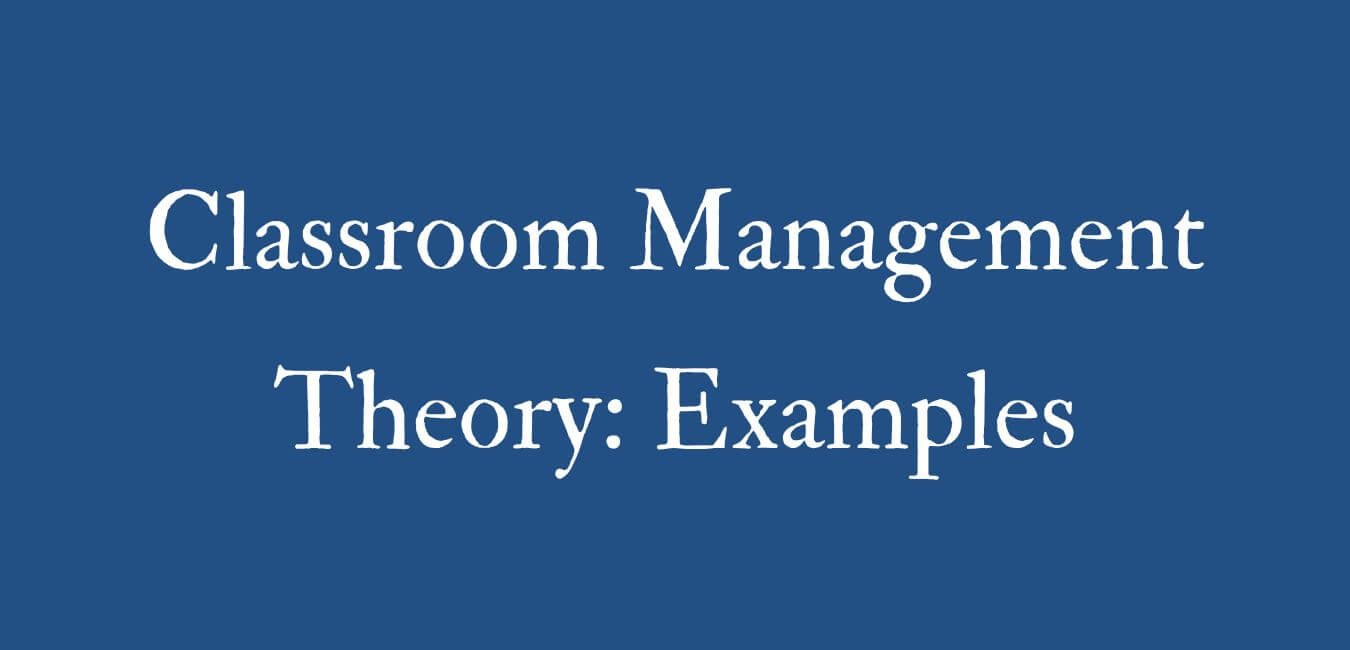
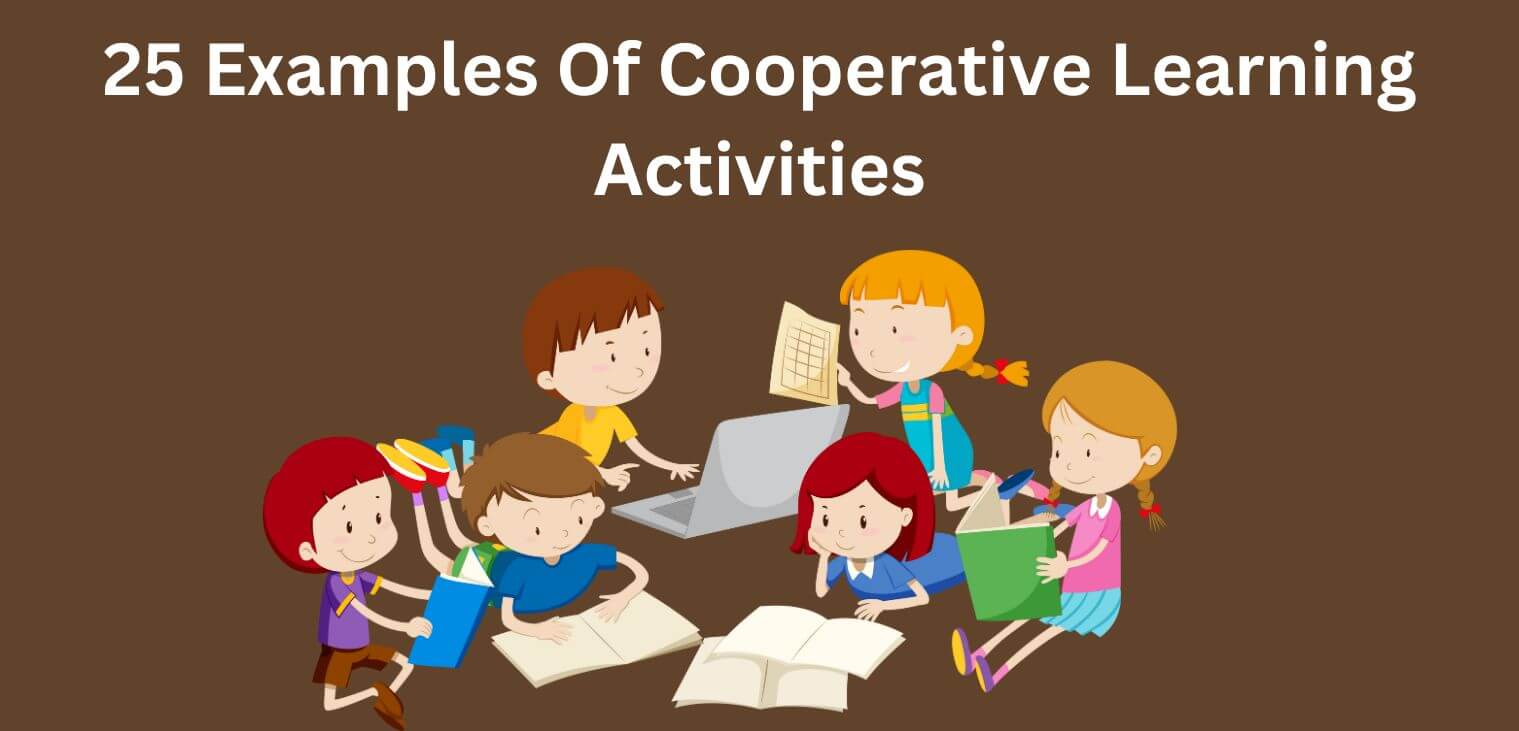
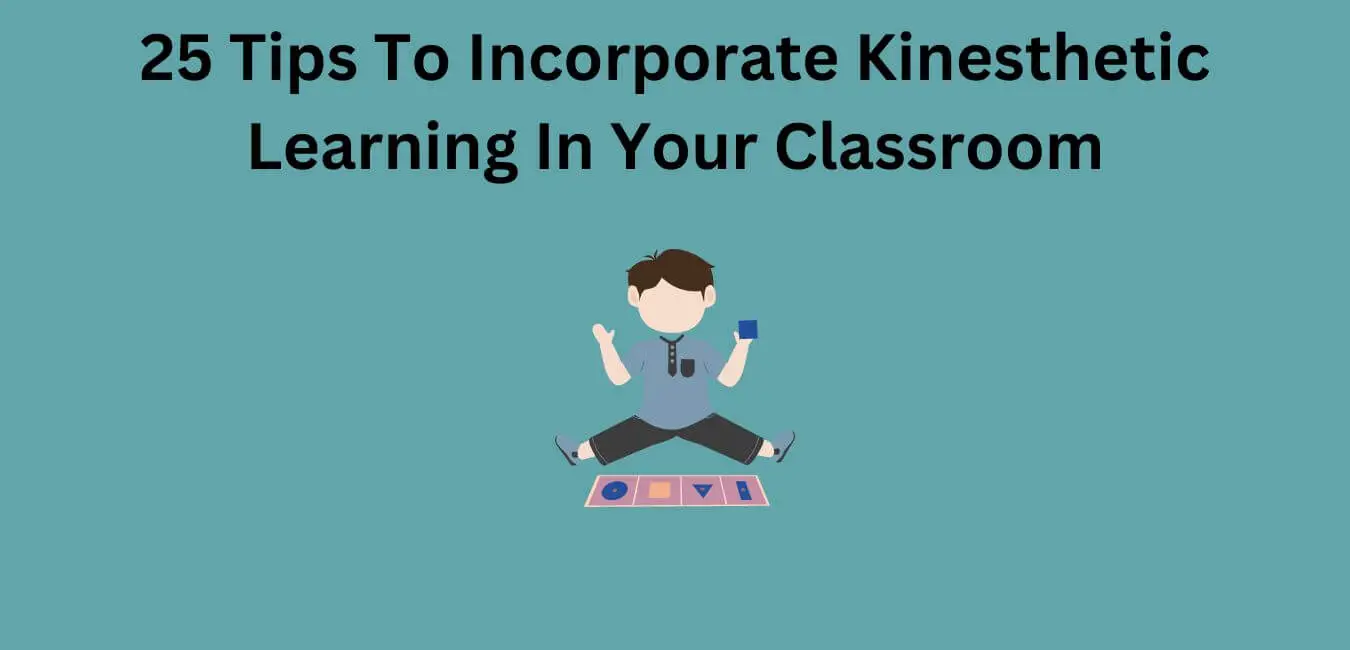
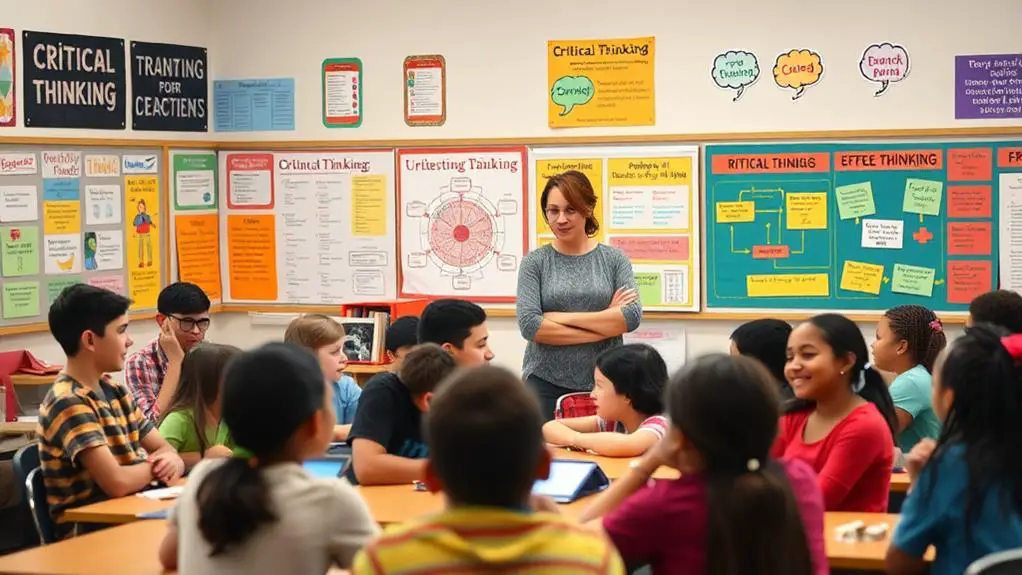


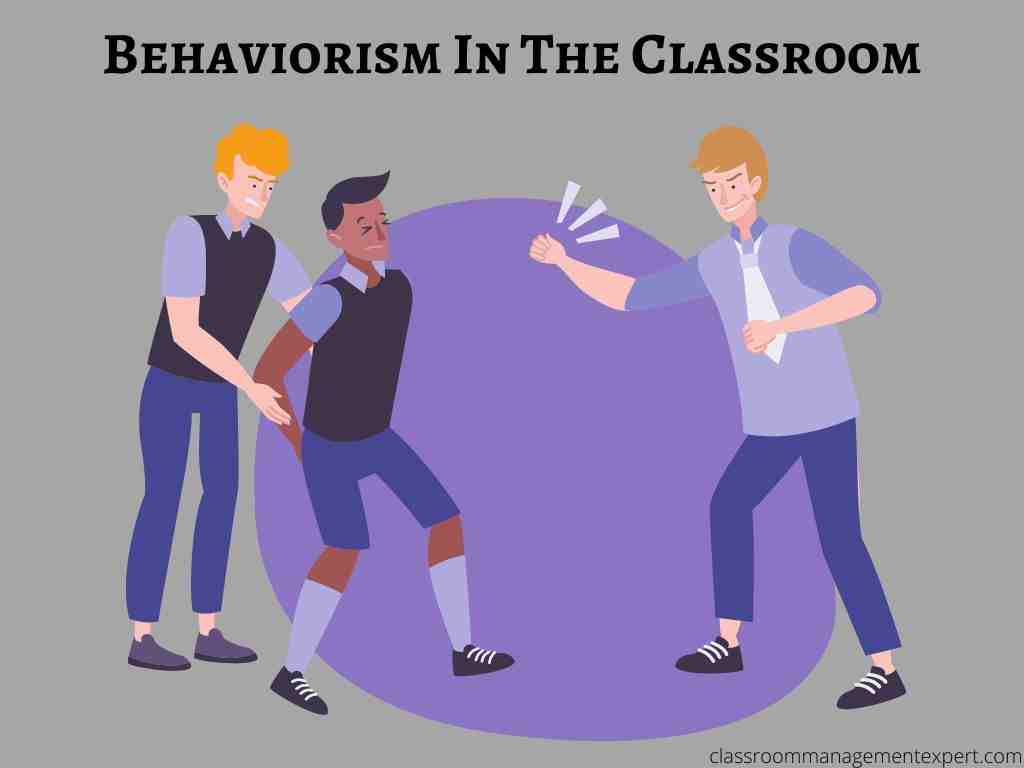
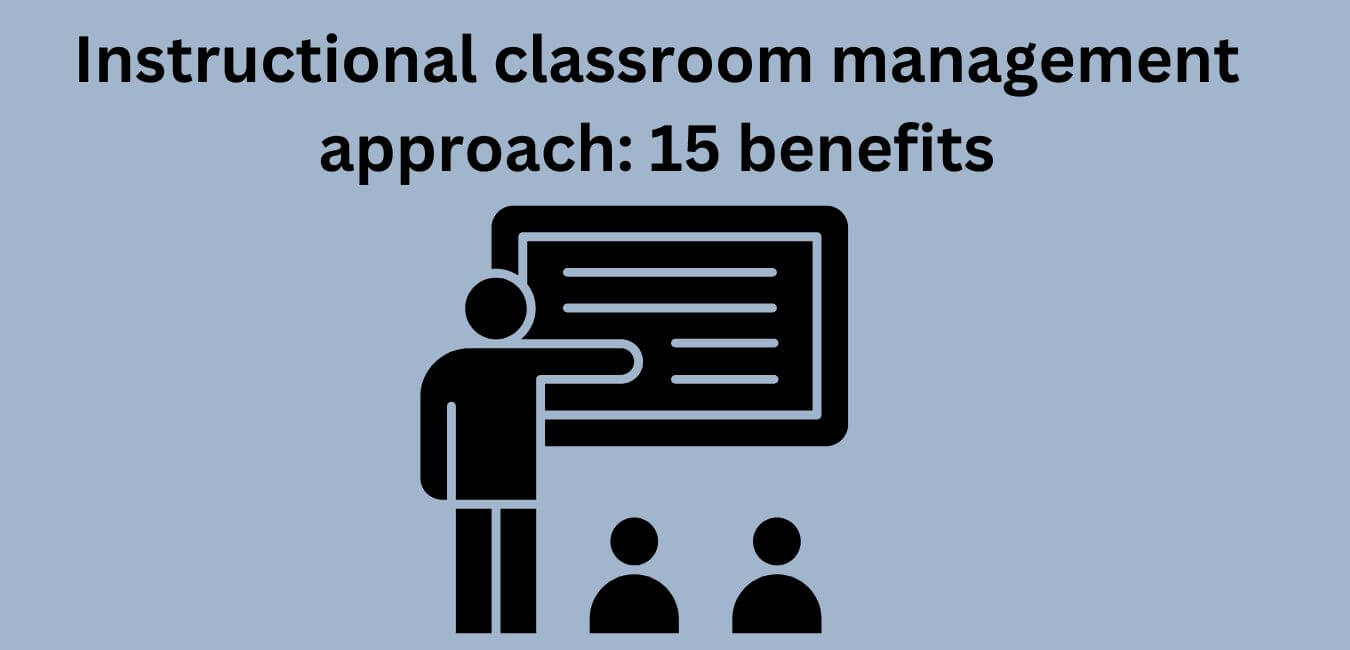
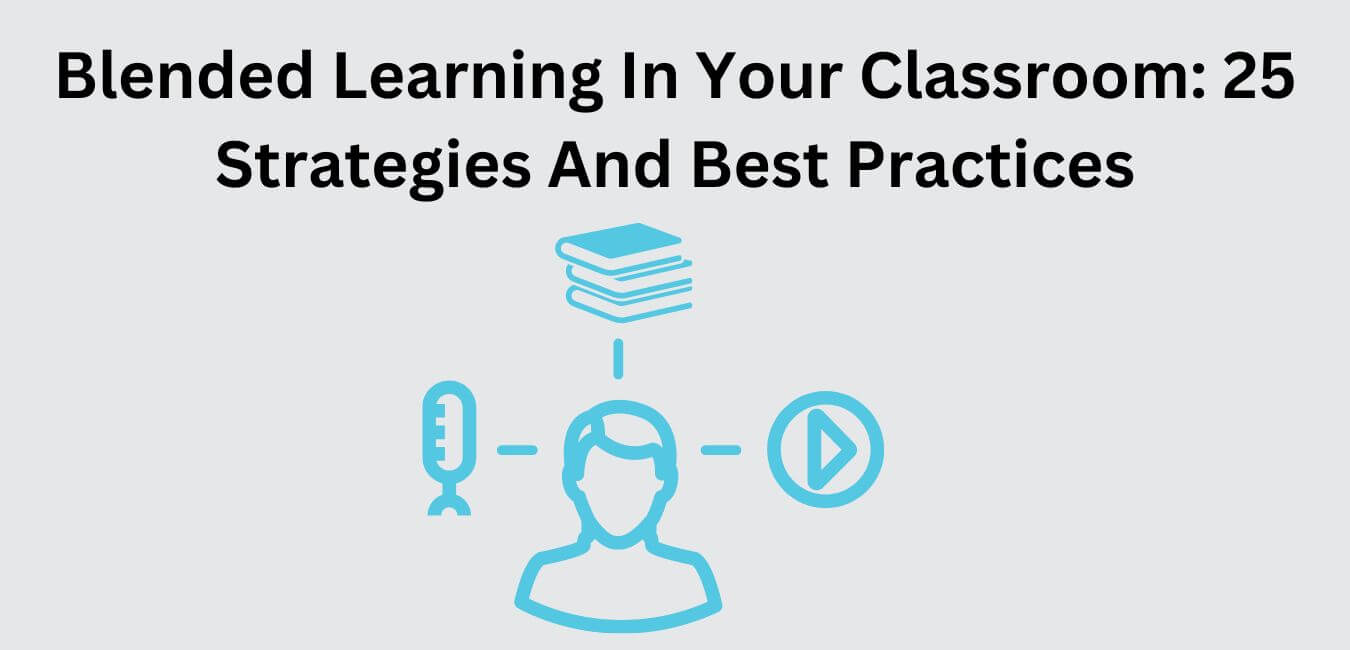


Leave a Reply